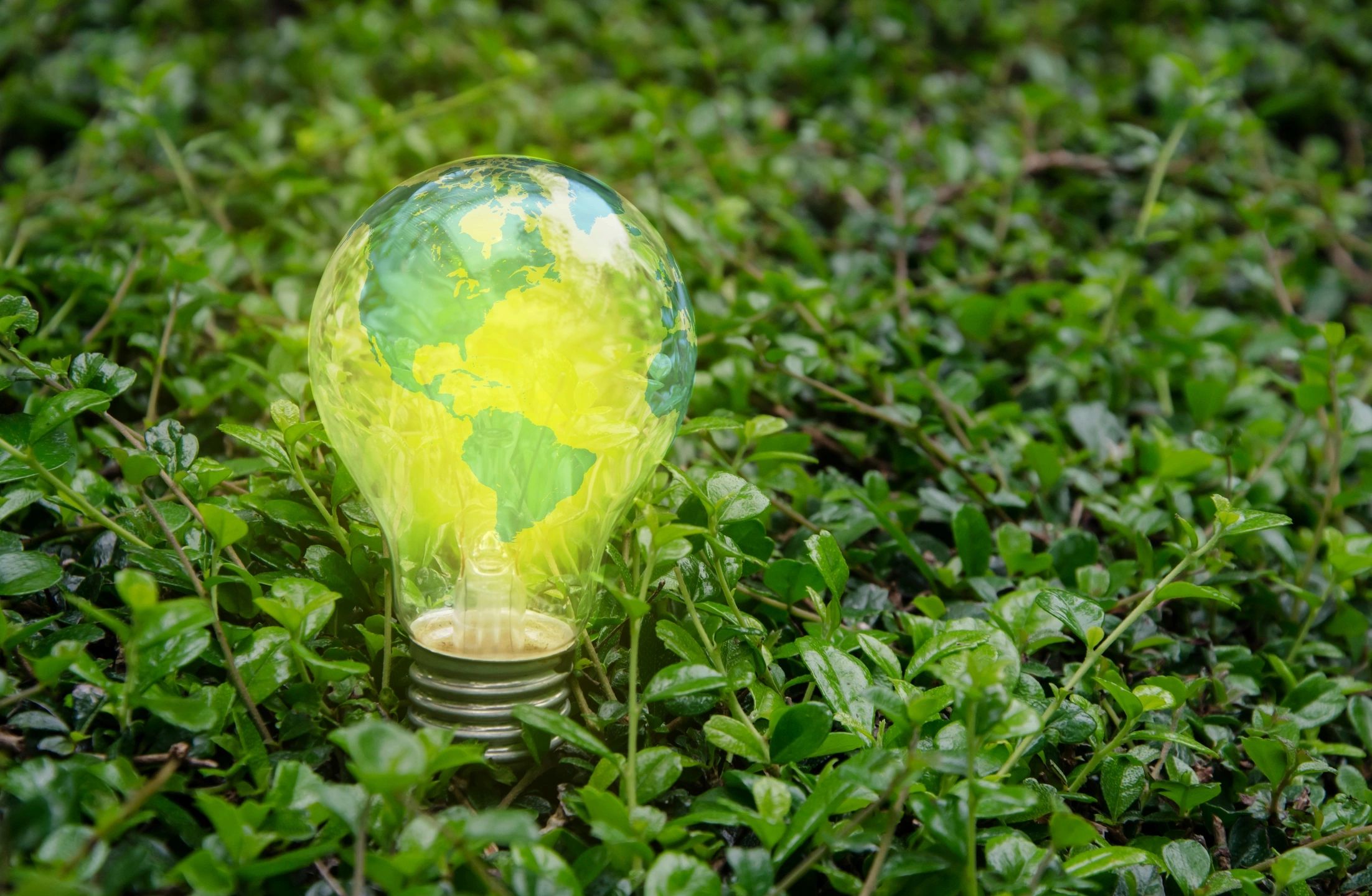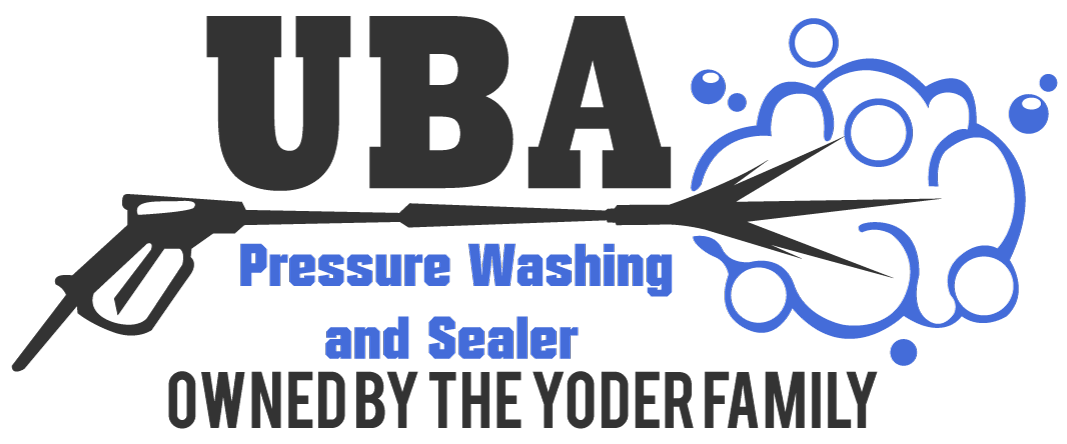
UBA Mold & Algae
Mold and algae are types of microorganisms that thrive in specific environmental conditions. Here’s a brief explanation of how each of them grows:
Mold:
- Moisture: Mold requires moisture to grow. This can come from various sources, including water leaks, high humidity, or condensation. Any environment with excess moisture can be conducive to mold growth.
- Organic Material: Mold feeds on organic materials like wood, paper, fabric, and even some building materials like drywall and insulation. As long as there’s a food source available, mold can colonize and spread.
- Darkness: While mold can grow in both light and dark conditions, it tends to prefer darker, less exposed areas. This is why you often find mold growing in hidden corners, behind furniture, or in damp basements.
- Optimal Temperature Range: Mold typically thrives in a temperature range of 40-100°F (4-38°C), but it can survive in more extreme conditions if necessary.
- Stagnant Air: Mold spores can be carried by air currents, so stagnant air can contribute to localized mold growth. Proper ventilation and airflow can help reduce the risk of mold development.
Algae:
- Water and Sunlight: Algae are primarily aquatic organisms that require water for survival. They also rely on sunlight for photosynthesis, which provides the energy needed for growth.
- Nutrients: Algae can grow in environments rich in nutrients, particularly nitrogen and phosphorus. These nutrients can come from sources like decaying organic matter, runoff from fertilized lawns, or agricultural activities.
- pH Levels: Different species of algae thrive in different pH ranges, but most prefer a slightly alkaline or neutral pH environment.
- Water Movement: Algae tend to grow in areas with slow-moving or stagnant water. This allows them to establish themselves and access nutrients more readily.
- Temperature: Algae can grow in a wide range of temperatures, depending on the species. Some thrive in cold water, while others prefer warmer conditions.
In summary, both mold and algae require specific environmental conditions to grow. While mold relies on moisture, organic material, darkness, and optimal temperatures, algae thrive in aquatic environments with an abundance of sunlight, nutrients, and stable water conditions. Understanding these growth factors can help in implementing preventive measures to minimize their presence.

